What are the Challenges of Hybrid Rigs in Offshore Energy Exploration
Hybrid rigs, which combine traditional drilling processes with renewable energy technology, provide numerous benefits while also posing certain obstacles. Addressing these challenges is critical to the effective deployment and widespread adoption of this unique approach. In this article, we explore the challenges associated with hybrid rigs and propose potential solutions to overcome them.
Understanding Hybrid Rigs
In the dynamic environment of offshore energy exploration, hybrid rigs have emerged as a revolutionary force, combining traditional fossil fuel operations with renewable energy sources.
Operational Modes
| Mode | Description |
| Electric Mode: | Utilizes electric power for drilling operations. Increased efficiency, lower emissions. |
| Conventional Mode: | Uses traditional power sources like diesel engines. Common for heavy-duty drilling. |
| Hybrid Mode: | Combines both electric and conventional systems. Offers flexibility based on operational needs. |
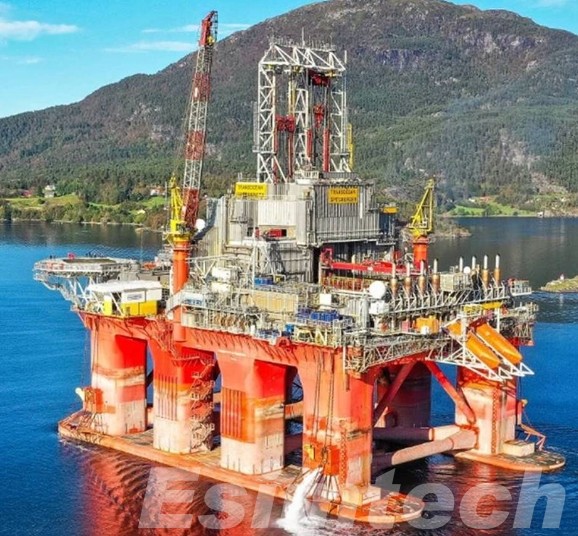
Advantages of Hybrid Rigs
| Advantage | Description |
| Fuel Efficiency: | Electric mode for efficient operations. Reduced fuel consumption. |
| Emissions Reduction: | Lower emissions in electric mode. Environmentally-friendly operations. |
| Operational Flexibility: | Adapts to different drilling conditions suitable for various applications. |
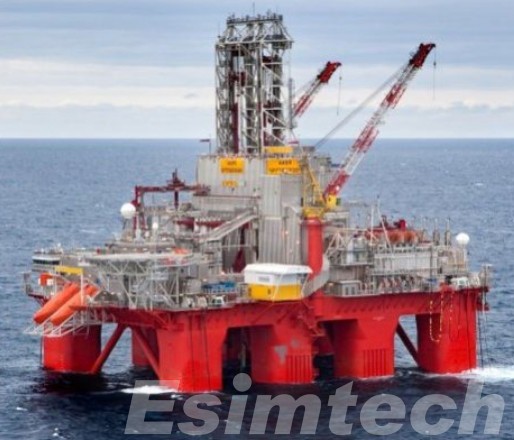
Key Challenges and Solutions for Hybrid Rigs
1. Technological Integration
| Challenge | Solution |
| Power Fluctuations: Managing power fluctuations between electric and conventional systems. | Advanced Control Systems: Implement advanced control systems to ensure smooth power transitions and optimize energy usage. |
2. Initial Investment
| Challenge | Solution |
| Initial Investment: Hybrid rigs may involve higher upfront costs. | Total Cost of Ownership Analysis: Conduct a thorough analysis considering long-term savings in fuel and maintenance costs. |
3. Maintenance and Reliability
| Challenge | Solution |
| Specialized Maintenance: Hybrid systems may require specialized expertise. | Training Programs: Implement comprehensive training programs for maintenance crews to handle both electric and conventional components. |
4. Operational Adaptability
| Challenge | Solution |
| Integration Complexity: Combining conventional and electric components poses integration challenges. | Engineering Expertise: Employ specialized engineering teams to design seamless integration and optimize hybrid systems. |
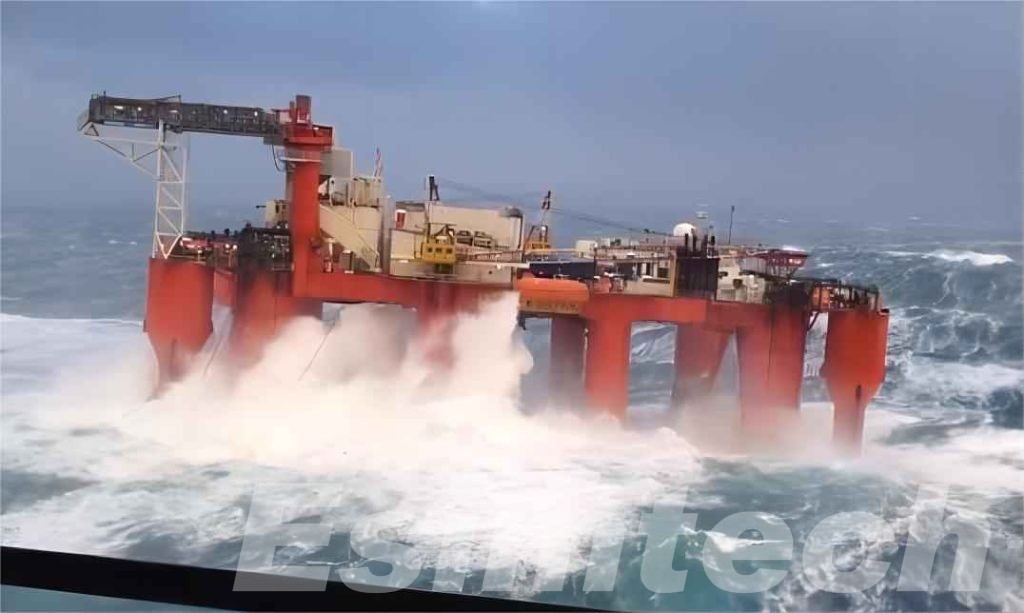
5. Weight and Space Constraints
| Challenge | Solution |
| Space Limitations: Limited space for additional equipment and weight restrictions. | Compact Designs: Develop compact and lightweight components without compromising performance or safety. |
6. Regulatory Compliance
| Challenge | Solution |
| Changing Regulations: Adapting to evolving environmental and safety regulations. | Continuous Monitoring: Stay informed about regulatory changes and proactively update hybrid rigs to meet compliance standards. |
Simulation Technology Used in Hybrid Rigs
Oil and gas simulation technology enables engineers and operators to model and assess various scenarios, optimize performance, and ensure the efficient functioning of hybrid systems.
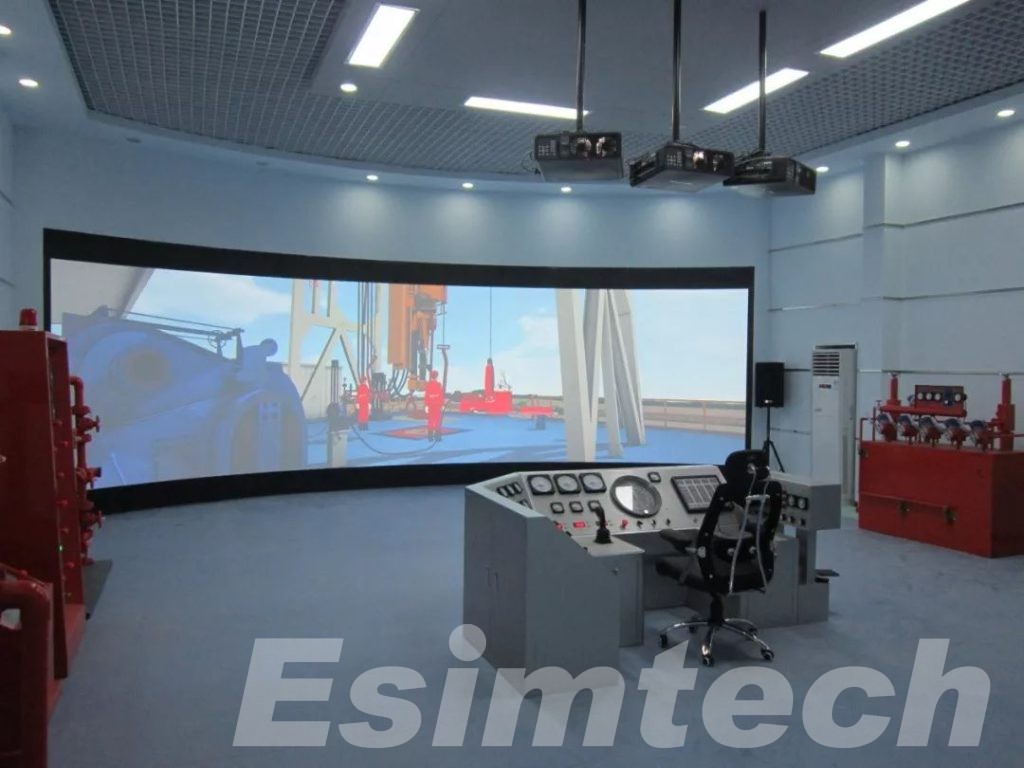
1. Feasibility Studies
Simulation Purpose: Before the actual construction of a hybrid rig, engineers conduct feasibility studies to evaluate the viability of integrating renewable energy sources with conventional drilling systems.
Simulation Process: Simulation models incorporate data on wind patterns, solar radiation, and energy consumption patterns. This helps assess the potential energy yield from renewable sources and determines the optimal configuration for the hybrid system.
2. Dynamic Energy Management
Simulation Purpose: Simulating real-time energy management scenarios enables engineers to optimise the utilization of renewable energy sources alongside traditional power systems.
Simulation Process: Advanced models capture the dynamic nature of renewable energy production (for example, wind or solar). Algorithms estimate energy production, allowing the system to adjust in real time and determine when to transition between conventional and renewable power sources for maximum efficiency.
3. Environmental Impact Assessment
Simulation Purpose: Assessing the environmental impact of hybrid rigs is crucial for regulatory compliance and sustainable practices.
Simulation Process: Environmental impact simulations consider factors like emissions, energy consumption, and ecological consequences. This helps operators understand the overall environmental footprint of the hybrid rig and make informed decisions to minimize impact.
4. Failure Mode Analysis
Simulation Purpose: Predicting and mitigating potential faults is critical to assuring hybrid systems’ reliability and safety.
Simulation Process: Engineers model a variety of failure scenarios, such as equipment breakdowns or power outages. This enables the creation of contingency plans and the installation of fail-safe mechanisms to reduce downtime and increase safety.
5. Training and Operator Skill Development
Simulation Purpose: Simulations provide a platform for training operators on how to efficiently manage the intricacies of hybrid rigs.
Simulation Process: Virtual training environments simulate real-world scenarios, allowing operators to practice handling different situations. Drilling rig training simulation not only improves their skills but also enhances overall safety and operational efficiency.
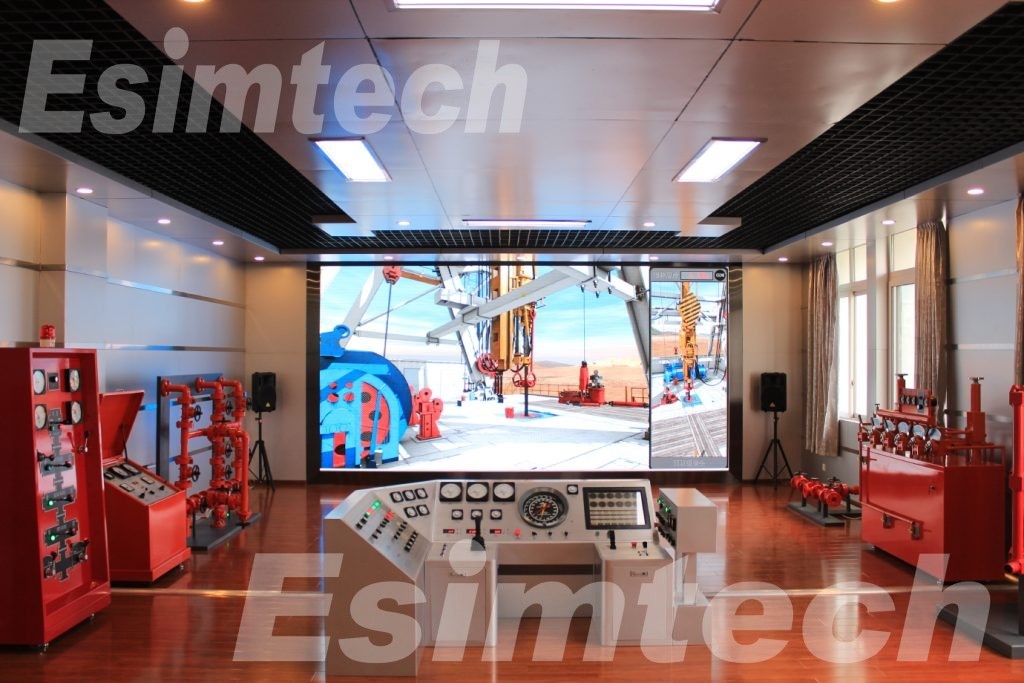
6. Integration of Digital Twins
Simulation Purpose: Creating digital twins of hybrid rigs helps monitor and optimize real-time performance.
Simulation Process: Digital twins are virtual replicas of physical rigs, incorporating real-time data from sensors and other monitoring devices. Simulation technology enables operators to predict and address issues before they occur, optimizing operations and reducing maintenance costs.
7. Optimizing Renewable Energy Contributions
Simulation Purpose: Determining the most effective utilization of renewable energy sources to minimize reliance on conventional fuels.
Simulation Process: Simulations model different scenarios based on factors like weather conditions, energy demand, and storage capacity. This helps in fine-tuning the integration of renewable energy sources to achieve maximum efficiency.
8. Scenario-based Decision Making
Simulation Purpose: Preparing for unexpected events and making educated judgments in real time.
Simulation Process: Engineers develop scenarios based on expected obstacles or changes in operating conditions. Simulating these scenarios enables operators to assess the outcomes and improve the hybrid system accordingly.
Conclusion
While challenges exist, the evolution towards hybrid rigs holds great promise for the offshore energy industry. These challenges can be overcome with the combined efforts of industry participants, technical innovators, and legislators, paving the way for a more sustainable and efficient future in offshore energy exploration. Simulation technology plays a multifaceted role in the development and operation of hybrid rigs. It not only increases efficiency but also improves the overall safety, dependability, and sustainability of hybrid rig operations.

